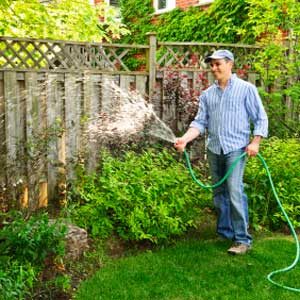
1. Make a Maintenance Schedule
Plants, like all living things, appreciate tender loving care and will reward you for providing it. Conversely, neglecting lawn and garden maintenance can do lasting damage to the landscape. Protect your landscaping investment just as you would your good clothes, your car, or your house. Familiarize yourself with the needs of your plants, including watering, weeding, pruning, and fertilizing. Then literally mark dates on the calendar to remind yourself when each type of job needs to be done.

2. Group Plants with Similar Maintenance Needs
Birds of a feather flock together, the old saying goes – and it’s true for plants, too. Plants that need good draining, for example, should be planted together (in a location with excellent drainage, or course) and not mixed in with plants that need very moist soil. Otherwise, at best, you’ll be making a lot of work for yourself trying to give each plant just what it wants, and at worst, the garden will sustain some casualties. If you chose plants to match the conditions on your site, you’ll find that these groupings happen naturally, but if you bought some plants impulsively and now you’re wondering where to put them, this is where to start: Group them by their growth and care needs.

3. Visit Your Garden Frequently
There’s an old adage that goes “The best thing for a garden is the shadow of the gardener,” meaning the gardeners who spend a lot of time in their gardens notice problems while their gardens are still small and manageable. Regular monitoring is how to detect pests and diseases before they get out of control, and what could be nicer than a daily stroll through your own little paradise?
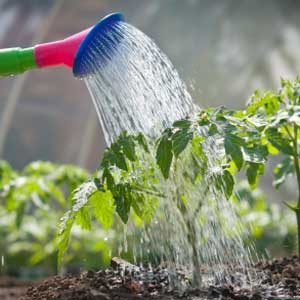
4. Keep the Water Flowing
Most garden plants prefer a constant amount of soil moisture instead of infrequent drenchings alternating with droughts, and regular soil moisture is critical to establishing new plantings – the first step in ensuring a long life. To make the job easy, install a simple irrigation system (it could be nothing more than soaker hose winding through the beds just underneath the mulch) and put it on a timer. The watering will take care of itself, and your plants won’t have to survive on the whims of the weather.
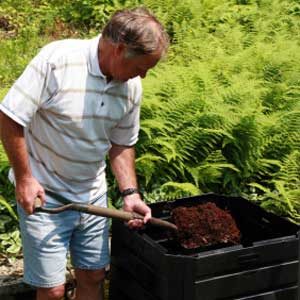
5. Don’t Put New Mulch Over Old
When you replace an organic mulch (such as anything made from wood products), be sure to remove all the old much first unless it’s so decomposed it’s hardly distinguishable from the soil. If you put new mulch over old, it just becomes harder for the bottom layer to decompose. Over time, a mat of mulch can build up that literally suffocates plants and prevents water penetration, shortening the life of your garden. In most climates, 2 inches (5 cm) of mulch is plenty and applying more is detrimental.
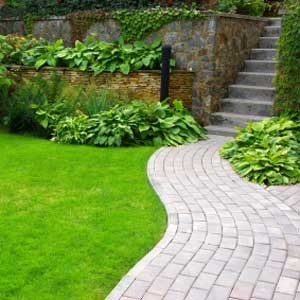
6. Plan Your Landscape as a Whole
If you landscape right the first time, you’ll get to enjoy it longer because you shouldn’t ever have to rip it out and redo it. Don’t leave “getting it right” up to chance; get a satisfactory design for your entire property on paper before you turn a shovelful of soil – even if you’ll be installing it over the course of many years for budgetary reasons. This approach works because it makes you think about your landscape pragmatically, which will lead you to plant purposefully; it discourages impulsive plant choices and purchases; and it defines your costs more clearly.
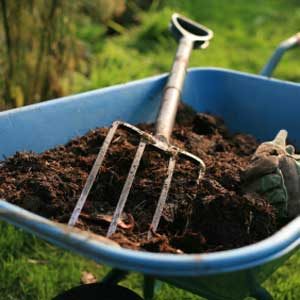
7. Prepare Soil Before Planting
The biggest mistake home gardeners make is to plant in unprepared soil. Pros know that nothing, absolutely nothing, will do more to promote health and longevity than lovely, friable (crumbly) soil that provides plenty of nutrients, lets roots grow freely, and holds water, yet drains adequately. The only problem is that most soils aren’t like that naturally! If your soil is like most, you’ll be adding generous quantities of compost, rototilling compacted soil, or doing other preparatory work. Plan to do this before planting because the job is nearly impossible to do after plants are in the ground.